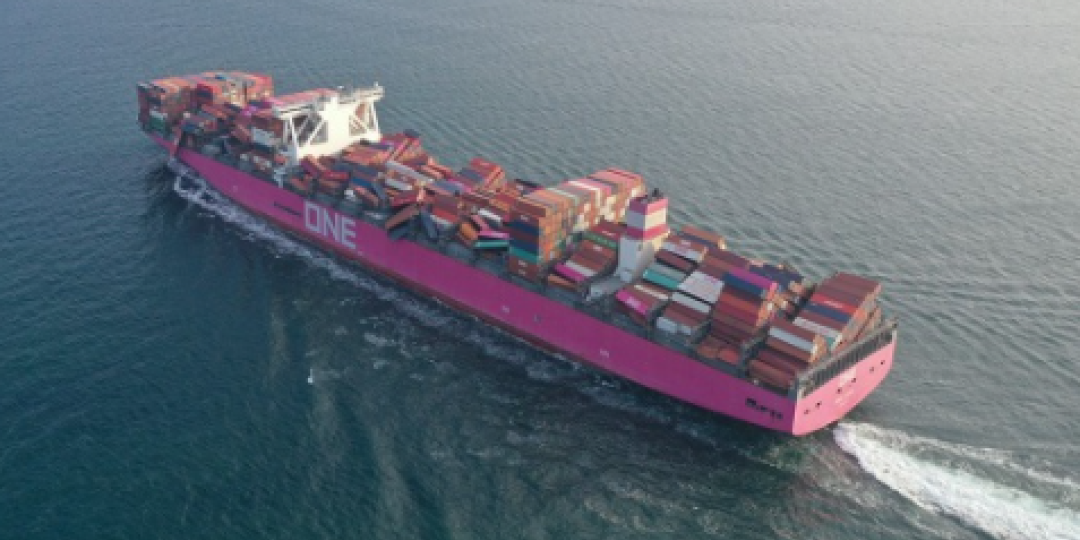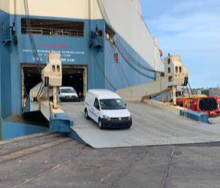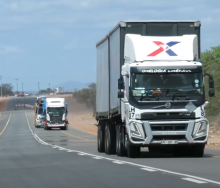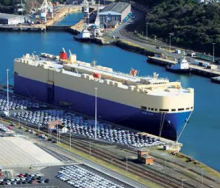More scientific data has emerged in support of the theory that the seas of the North Pacific, where the most shipping incidents in recent history involving boxes lost overboard have occurred, has become a hotbed for bombogenesis – literally meaning the source of the sea bombing out.
According to ocean tech researcher MarineLabs Data Systems, a freak wave, measured at 17.6 metres high, roughly the size of a four-storey building, was recorded in November 2020 by sensor buoys some seven kilometres off Ucluelet on the west coast of Vancouver Island in Canada.
The wave occurred in the same month that the 14 000-TEU One Apus suffered the worst box spill ever, some 1600 nautical miles north of Hawaii.
The Apus was making its way from China to the Port of Long Beach when it ran into heavy weather, causing a major stacking collapse that resulted in 1 816 containers tumbling overboard.
Although the exact date of the “Ucluelet Wave” is withheld, there is fair reason to believe that the Apus ran into undulation from the wave.
What is known is that at the time of the Apus incident on November 30, a storm raging across the region caused waves of up to 16 metres, directly in line with the vessel’s route to the US West Coast.
Scientists from British Columbia have since explained that freak waves are usually measured by a sudden swell that is at least more than twice the surrounding wave height.
Because of their sporadic occurrence, waves likes the one at Ucluelet pose tremendous danger to vessels at sea, Marine Labs CEO Scott Beatty has said.
Last October, another box spill was recorded along the coast of Vancouver Island when the Zim Kingston lost 109 containers in rough seas as it sailed through the Strait of Juan de Fuca towards the Pacific.
The same ship also sustained two blazes at the same time, one at sea and another at the Port of Nanaimo, where it was towed after the overboard incident.
During last year’s UN Cop26 Climate Change Conference in Glasgow, US meteorologist Michael Page of Flawless Forecast explained that freakish storms at sea were occurring more frequently.
He said bombogenesis, such as the extreme events recorded in the North Pacific, was caused by icy weather moving across warming sea beds that used to be colder.













